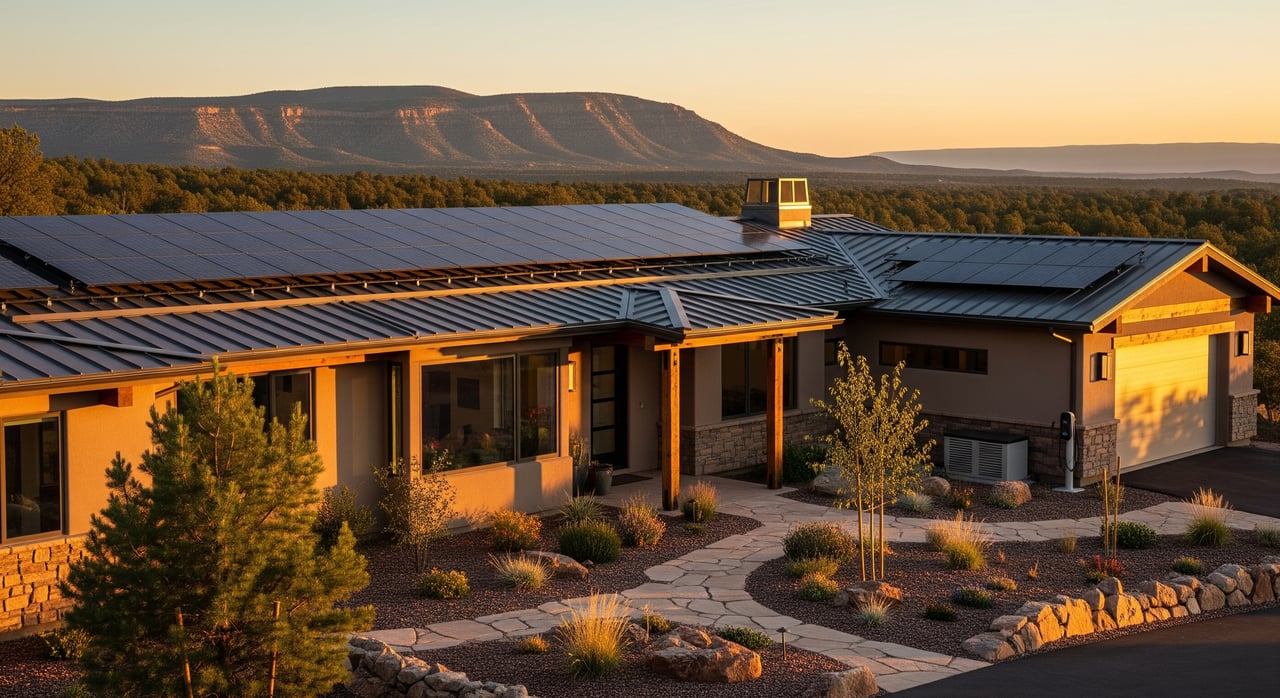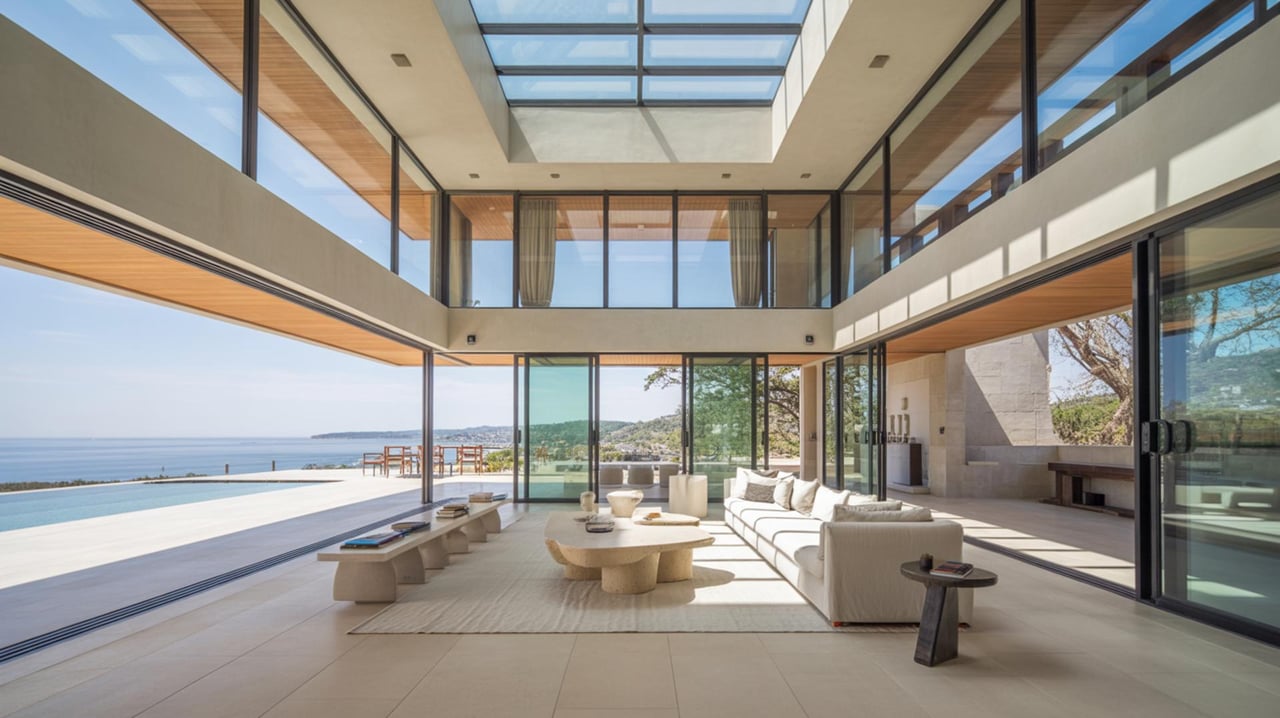
What are real estate market cycles?

Real estate market cycles refer to the recurring pattern of boom and bust periods that occur in the real estate market. The cycles are typically caused by a combination of economic, demographic, and policy factors.
Over the past 100 years, there have been several notable real estate market cycles in the United States. Some of the most significant ones include:
The Roaring Twenties: This was a period of strong economic growth and rising prosperity in the 1920s. The real estate market boomed, with prices for both residential and commercial properties rising sharply. The boom came to an end with the stock market crash of 1929 and the onset of the Great Depression.
The Post-World War II Boom: The period following the Second World War saw a tremendous influx of veterans returning to the United States and starting families. This led to a huge demand for new housing, and the real estate market boomed. Prices for homes rose rapidly, and construction of new homes and commercial properties soared.
The 1970s and 1980s: The 1970s and 1980s saw a period of high inflation and interest rates, which caused the real estate market to slump. Prices for homes and commercial properties fell, and there was a decline in new construction.
The 1990s and early 2000s: The real estate market rebounded in the 1990s and early 2000s, driven by low interest rates and a strong economy. The period was marked by rising home prices, low unemployment, and robust economic growth. However, this period also marked the beginning of the subprime mortgage crisis, which ultimately led to the 2008 financial crisis.
The Great Recession: The 2008 financial crisis caused the real estate market to crash, with home prices plummeting and foreclosures rising. The market eventually began to recover in the early 2010s and has been generally stable in recent years, even with some up and down.
The Pandemic Boom: Between 2020 and 2022, this cycle has had a significant impact on the real estate market, causing some areas to experience a slowdown in sales and a decline in home prices while others have seen a surge in demand as buyers look for larger homes and more space in the suburbs and rural areas. Remote work has also been a driving factor.
It's important to note that these cycles are not always so clear cut, and are not uniform for all regions in the United States. Factors such as population density, job market, local economy, and policies can cause variations in the cycles.






Real Estate
Enhancing Your Las Vegas Home with Sunlit Spaces for Health and Profit

Real Estate
Master Stress-Free Relocation Techniques for a Smooth Move

Real Estate
Essential Tips for Purchasing a Condo in Prescott

Lifestyle
Enhance Your Sedona Lifestyle with These Essential Smart Home Upgrades
Get assistance in determining current property value, crafting a competitive offer, writing and negotiating a contract, and much more. Contact me today.